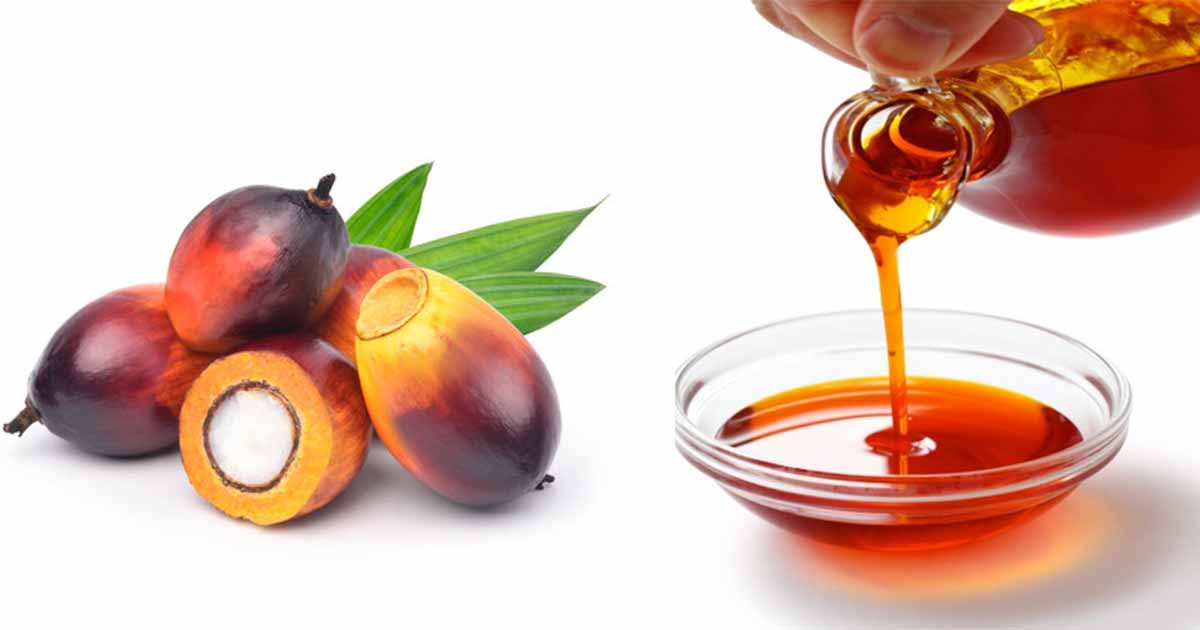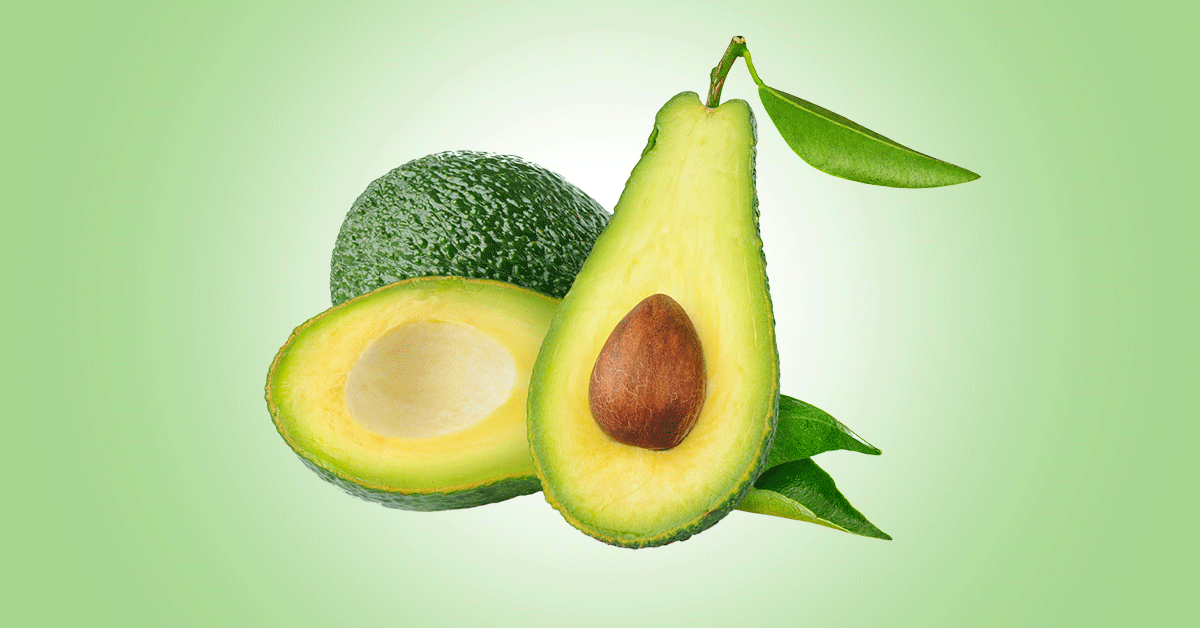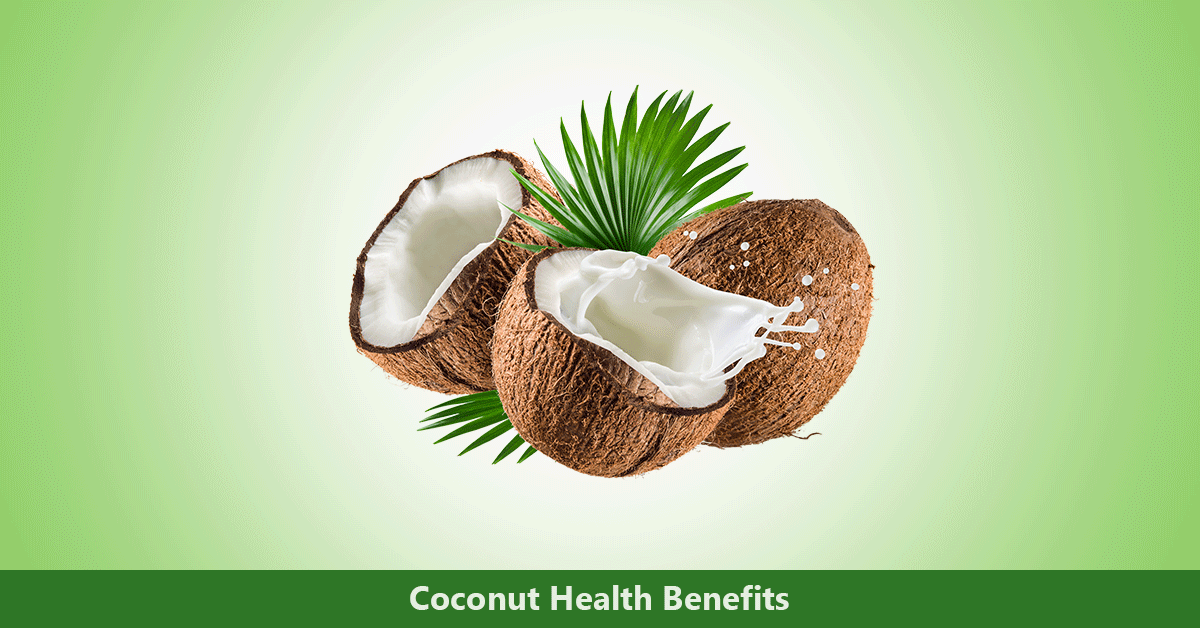Palm oil, or palm fruit oil, is obtained from the pulp of the fruit of the palm tree (Elaies guineensis). It is one of the most used edible vegetable oil, used to prepare a variety of dishes and for industrial purposes. It has become the third most utilized cooking oil in the globe. The tropical tree’s fruit and unprocessed oil is usually red due to the presence of carotene.
Palm fruit is the size of a large olive, and has a single seed or kernel. The fruit yields both palm fruit oil and palm kernel oil. The oils differ in their fatty acid composition.
Their cultivation is mainly restricted to tropical regions. Palm tree, which can grow up to 30 m height is originally from West Africa, but is now cultivated in some Asian countries like Malaysia and Indonesia, South and Central America, Thailand and Western Africa. Malaysia and Indonesia are also believed to be the highest producer of palm oil globally. The main consumers of the oil are China, India, Indonesia, and the European Union.
Crude palm oil and palm kernel oil are used raw for cooking in Africa, Brazil, Southeast Asia, while in Europe, the refined form, which is odorless and pale yellow is used. It provides taste and texture to food products, like margarine, biscuits, confectionery, chocolate, ice cream and bakery products.
In addition to food products, it is used in non-food products like soaps, creams, candles, and cosmetics.
Why is Palm Oil Used in the Food Industry?
Palm oil is used because it offers functional benefits, semi-solid consistency, long-term stability or shelf life, smooth and creamy texture, neutral taste and smell. It also performs well when cooked at higher temperature compared to other oils and fats.
Products with palm oil maintain their flavor and structure like crispiness or crunch over a long time. Since it has higher solid content due to saturated fats, it is solid or semi-solid state at room temperature, unlike margarine without saturated fat which is liquid at room temperature.
It also contains low trans fatty acid. This makes it a good substitute for oils with partially-hydrogenated fat, containing fatty acids.
Composition
Palm oil has almost equal amounts of saturated and unsaturated fatty acids. The saturated fatty acids are also lower than that found in coconut oil, butter, and cocoa butter. There is also very low trans fatty acids (<1 percent of the total fat content). Trans fatty acids are unhealthy.
Palm oil contains triglycerides with 50% saturated fatty acids (mainly palmitic acid), 40%
monounsaturated and 10% polyunsaturated fatty acids, carotenoids, vitamin E, and b-sistosterol. Other phytochemicals include squalene, Co-enzyme Q (ubiquinone), polyphenol, phytosterols, and lecithin.
The carotenoids levels are believed to be higher than that in carrots. There are 13 carotenoids, with β-carotene and α-carotene, the main carotenoids. Also, no vegetable oil has more vitamin E than palm oil. It contains all the eight different forms or isomers of vitamin E, four tocopherols and four tocotrienols.
The main fatty acids in the oils are myristic, palmitic, stearic, oleic, and linoleic acids.
The nutritional value in 100g of palm oil.
- Fatty acid—————————————-99.45%
- Vitamin E—————————————15.9 mg
- Vitamin K——————————————-8 ug
- Choline——————————————-0.3 mg
- Iron———————————————–0.01 mg
- Cholesterol—————————————-0 mg
- Total saturated fat (SFA)———————–49.3 g
- Total monounsaturated fats (MUFA)——-37 mg
- Total polyunsaturated fat (TPA)—————-9.3g
- Calories—————————————-884 kcal
Health benefits of Palm Oil
Rich antioxidants
With rich content of tocopherol, ubiquinone-10, and carotenoids, palm oil is a powerful antioxidant. It prevents free radicals damage to the cells and tissues. It protects against ageing, atherosclerosis and cancer.
Enhances Eye health
Among the major reasons for eye defects like cataracts is as a result of lack of vitamin A.
Palm oil contains a significant amount of this vitamin. In addition to improving sight, palm oil also contains vitamin E, which serves as an antioxidant and helps protect the eyes against cataracts. It also lowers the risk of having eye diseases like muscular degeneration.
Support skin and hair growth
Besides being skin friendly, palm oil can also be used to make products that help strengthen the hair and slow down the graying cycle. It makes the hair to shine, It is also used to make products that protect the skin from sunburn. Due to the presence of carotene in the oil, it softens the skin and prevents irritations and itching of the skin. It is used to produce creams and body ointments.
Enhances brain health
Palm oil contains vitamin E which is researched to help brain health; it has been shown that it defends the brain against free radicals. It helps lessen stress and aids circulation to the brain, which helps the brain carry out its function as it should. It also protects against neural cell death and reduce brain injury.
Enhances cardiac-health
According to research, palm oil promotes heart health because of its antioxidants, which can prevent diseases like heart attack and stroke. Tocotrienols also reduce the risk of stroke.
However, excessive consumption is not recommended due to its concentrated fat content.
Decreases the chances of cancer
There have been some studies indicating that palm oil can lower the risk of cancer because it contains important fatty acids that can stop metastasis. However, palm oil must be of the highest quality and processed at low temperatures. Tocotrienol is an antioxidant that has anti-cancer properties.
Enhances bone health
Palm oil contains vitamin K which improves bone health and also helps in blood coagulation. The fat in the oil provides energy and provides the body with the functions for cell growth.
Body immunity
Palm oil helps improve the body’s immunity. The high quantities of antioxidants in it protect the body system against different kinds of infections and chronic diseases. It also helps improve body metabolism and the well-functioning of the leukocytes.
Protects mental health
The oil protect the nerves against free radicals and enhance the flow of neurons. It prevents the development of cognitive dysfunction like Alzheimer’s diseases.
Aids Liver Cleansing
Palm oil helps the detoxification In the liver and protects it from liver infections, its antioxidant constituent improves the liver function, reduces the deposit of patches in the liver and reduces liver cancer.
Effect on cholesterol:
Though most studies do suggest palm oil can increase the levels of cholesterol due to high amount of saturated fats, the presence of isoprenoid, a minor constituent of the oil, may reduce cholesterol synthesis. Isoprenoid may inhibit 3- hydroxy-3-methylglutaryl coenzyme A reductase (HMGR) activity, and by so doing reduce cholesterol biosynthesis.
Also, tocotrienols, and sterols in the oil may lower plasma cholesterol
How Palm Oil is Used
- It is resorted to for frying
- Furthermore, it is utilized to create assortment of products in the world
- Palm oil is used to manufacture products like cosmetics, while the wax from the is utilized for producing candles.
- It’s also used to produce materials for packaging.
- Palm oil can also be employed to produce biofuels.
Possible Risks of Palm Oil
A high amount of saturated fat is present in the palm. However, other vegetable oils such as sunflower, rapeseed, soy, with lower saturated fats, undergo a chemical process called hydrogenation to get the same creaminess and consistency found in the final product of palm oil. Hydrogenation result in by-production of trans-fatty acids. Trans-fatty acids are harmful to human health. Palm oil has the advantage of not undergoing the hydrogenation process.
Still, most health professionals consider palm oil, a hypercholesterolaemic fat due to high palmitic acid (16:0) contents.
Prolonged and repeated heating and reuse of palm oil may also have the tendencies of raising the risk of heart conditions, increase in levels of VCAM-1, and chronic health conditions. Also, extreme intake of palm oil has been reported to raise the risk of hypertension.
Oxidized palm oil has an adverse effect on plasma lipid profile, phospholipids and cerebrosides, and may cause disorders in the reproductive organs, kidneys, lungs, liver, and heart.
In animal studies, excessive intake caused inflammatory states, such as high lipopolysachharides receptor LBP, low sCD14 and increased expression of TLR4 and CD14 in adipose tissue of mice.
Conclusion:
Due to its many usages in food and as one of the most familiar cooking oils, palm oil has remained highly in request throughout the world. Even though it has an increased concentration of saturated fats, it still has a lot of benefits and even more industrial benefits.
References
- https://palmoilalliance.eu/wp-content/uploads/2019/10/Brochure-Palm-Oil-Story-2019-FINAL.pdf
- https://www.researchgate.net/publication/235719534_Palm_oil_Features_and_applications
- https://www.academia.edu/38002614/Palm_oil_Health_risks_and_benefits
- https://fdc.nal.usda.gov/fdc-app.html#/food-details/171015/nutrients
- https://mpoc.org.my/the-fascinating-red-palm-oil/












